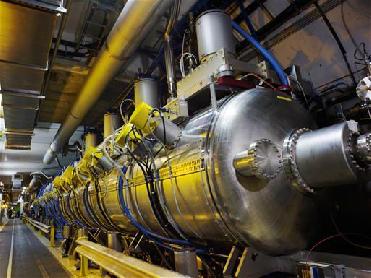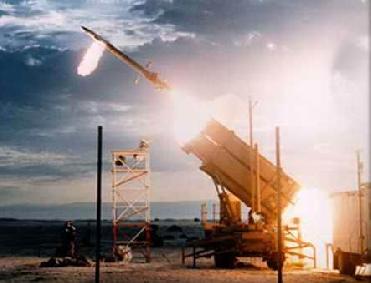
LONDON (BNS): The Large Hadron Collider developed a technical glitch within 24 hours of a spectacular start on September 10, the European Organization for Nuclear Research now reveals.
CERN, the organization that built the LHC, confirmed that a transformer that helps cool part of the `Big Bang machine’ had malfunctioned and operations had to be suspended for an entire day.
The organization, however, made this information public after a week on September 18, that too after media reports started emerging.
CERN confirmed time, “has been spent recovering cryogenic conditions after the failure of a power transformer on one of the surface points of the LHC switched off the main compressors of the cryogenics for two sectors of the machine.”
“ The transformer, weighing 30 tonnes and with a rating of 12 MVA, was exchanged over the weekend. During this process, the cryogenics system was put into a standby mode with the two sectors kept at around 4.5 K,” a statement said.
Since the beginning of the week, the cryogenics team, has been busy re-cooling the magnets and preparing for operation with beam, which is currently forecast for today. (September 18). The next stage of the commissioning will be single turn studies using beam one, followed by RF capture and circulating beam in both rings.
The LHC is on course for first collisions in a matter of weeks.
According to CERN , “after a spectacular start on 10 September, the LHC enjoyed a mixed first week of commissioning with beam. To get beams around the ring in both directions on the first day exceeded all expectations, and the success continued through the night, with several hundred orbits being achieved.”
The next step in the commissioning process is to bring in the radio-frequency (RF) system that keeps the beams bunched, rather than spreading out around the ring, and will eventually accelerate them to 7 TeV. The RF system works by ‘capturing’ the beam, speeding up the slower moving particles and slowing down the faster ones so that the beam remains bunched into fine threads about 11 cm long. Without it, the beam quickly dissipates and cannot be used for physics.
On Thursday night, 11 September, beam two, the anti-clockwise beam, was captured and circulated for over half an hour before being safely extracted from the LHC. The next step is to repeat the process for beam one, and that is set to begin this week.
The LHC is a gigantic scientific instrument near Geneva, where it spans the border between Switzerland and France about 100 m underground. It is a particle accelerator used by physicists to study the smallest known particles – the fundamental building blocks of all things. Its operators believe “it will revolutionise our understanding, from the minuscule world deep within atoms to the vastness of the Universe.”
 Previous Article
Previous Article













The Indian Air Force, in its flight trials evaluation report submitted before the Defence Ministry l..
view articleAn insight into the Medium Multi-Role Combat Aircraft competition...
view articleSky enthusiasts can now spot the International Space Station (ISS) commanded by Indian-American astr..
view article